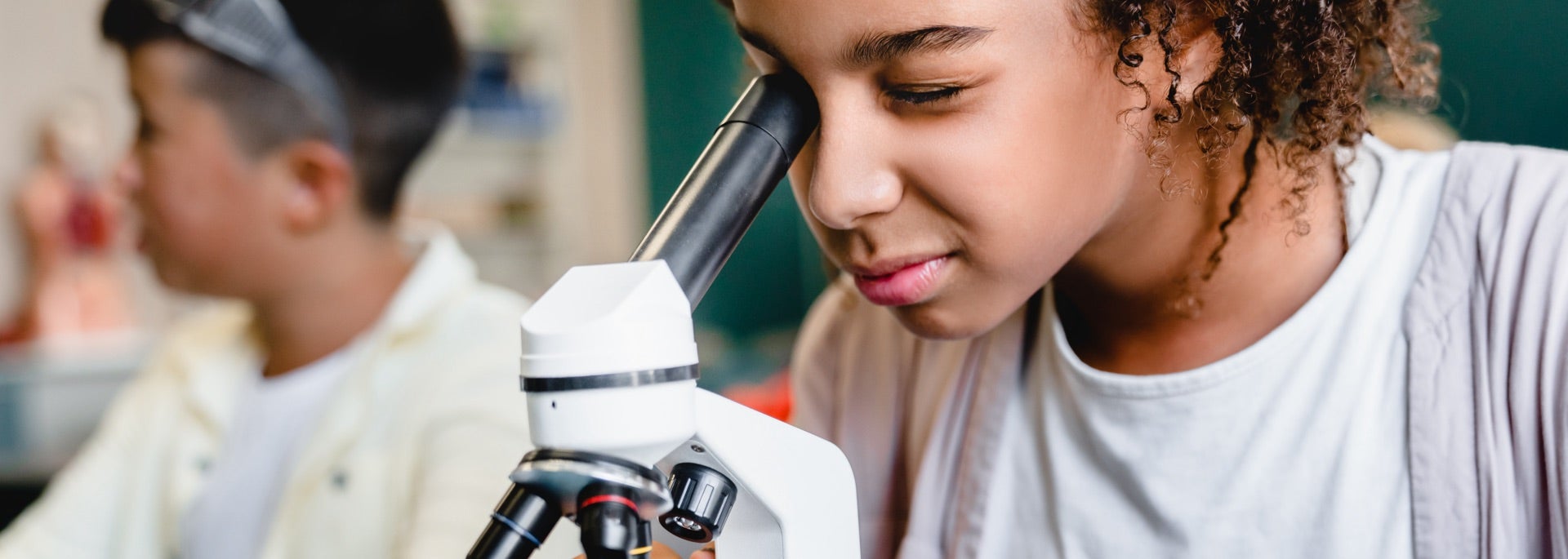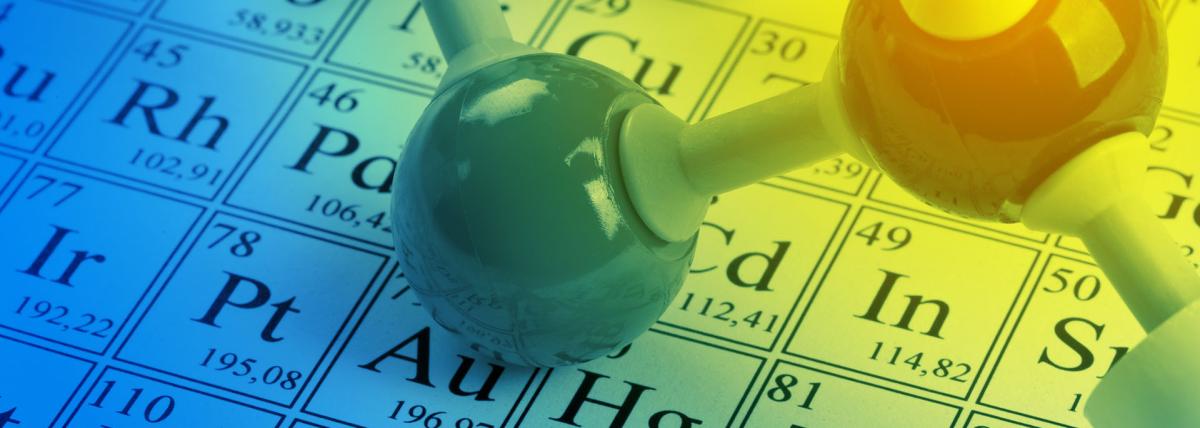
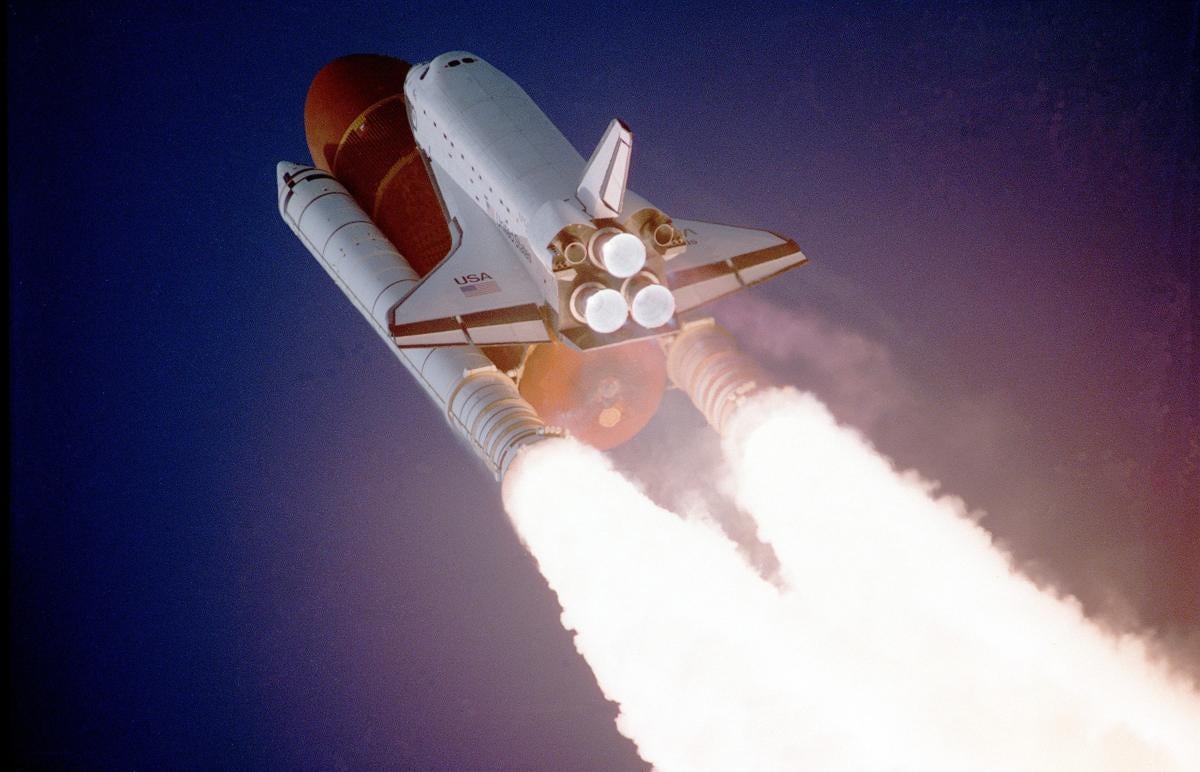
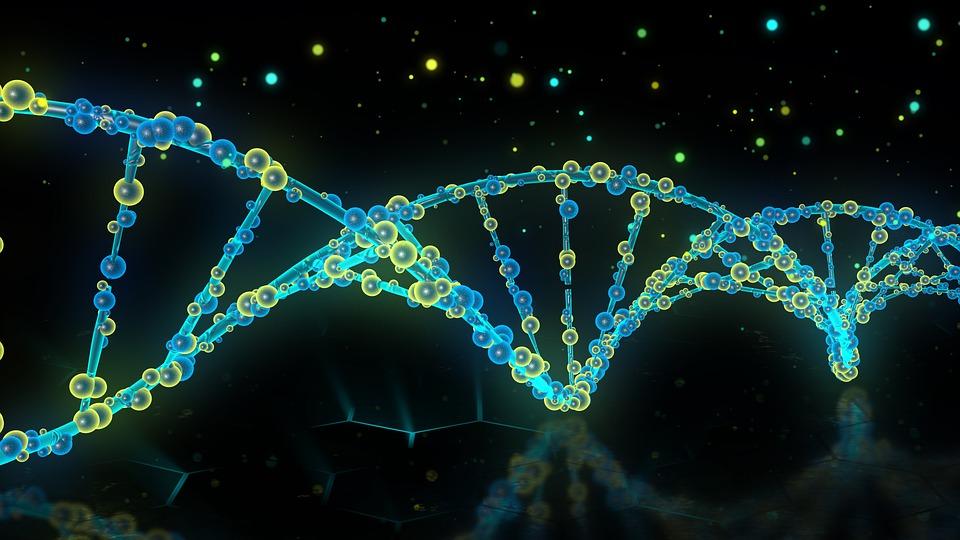
This is part 2 of a Heredity lesson. In this portion of the lesson the students will work in collaborative pairs to mate the dragons the created in part 1. Furthermore, they will create Punnett
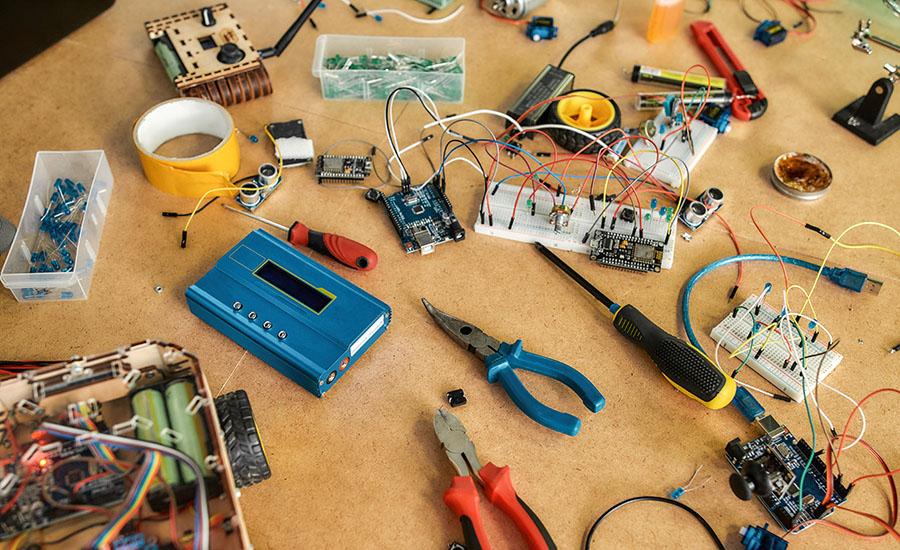
In this lesson, students will experiment with unseen forces and their effect on motion. Students will build a LEGO land sailing car that will be powered by wind produced from a fan. Students will

In this hands-on lesson, students create a trebuchet that launches a projectile to hit targets at specific distances, as well as launching the projectile the farthest distance. A report must be given

In part 1 of this lesson, students will use the laws of heredity to create a dragon based on the random toss of a coin. A chart has been created to assign genotypes and the corresponding phenotypes

This lesson includes 1 or 2- 50 minute period(s) worth of Greenhouse gas exploration. Students are creating and refining a drawn model of greenhouse gasses in our atmosphere, reading and discussing

Through this kindergarten STEM project, students will develop an understanding of weather patterns and the changes that occur during different seasons. By engaging in hands-on activities, observations
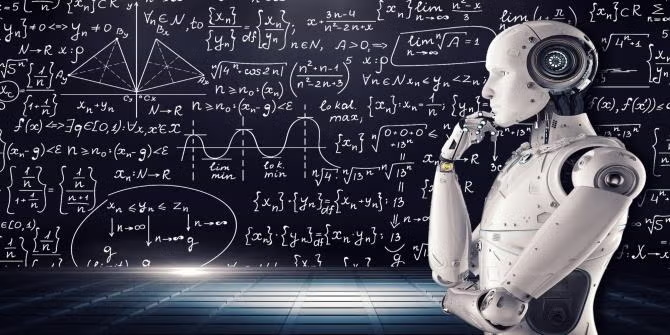
This lesson is about students understanding the scientific process through a Community Maze game. Students experience the importance of observation, collaboration, discovery, feedback to achieve a

In this engaging lesson, students study and design a healthy fish tank with a variety of animals. Students also learn about budgeting costs.
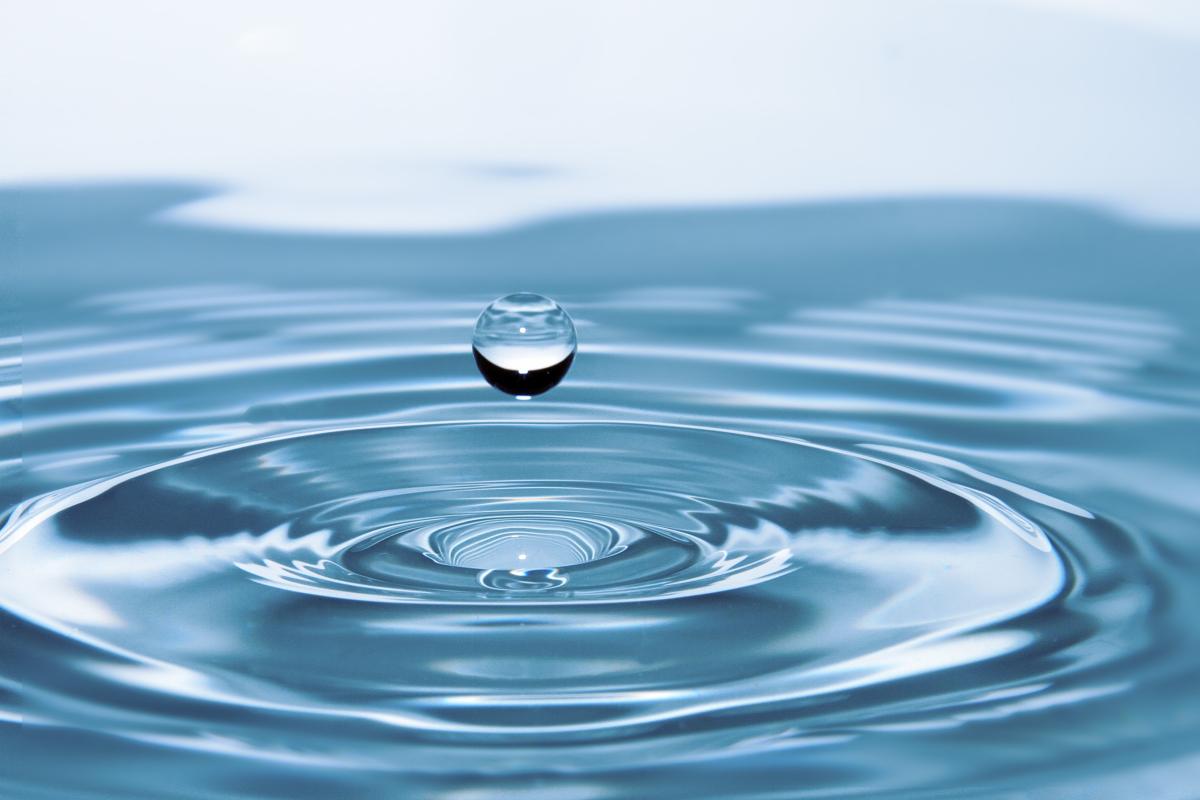
In this hands-on lesson, students use making lemonade to practice lab procedures, measurement and ratios as well as learning about temperatures affecting saturation points.
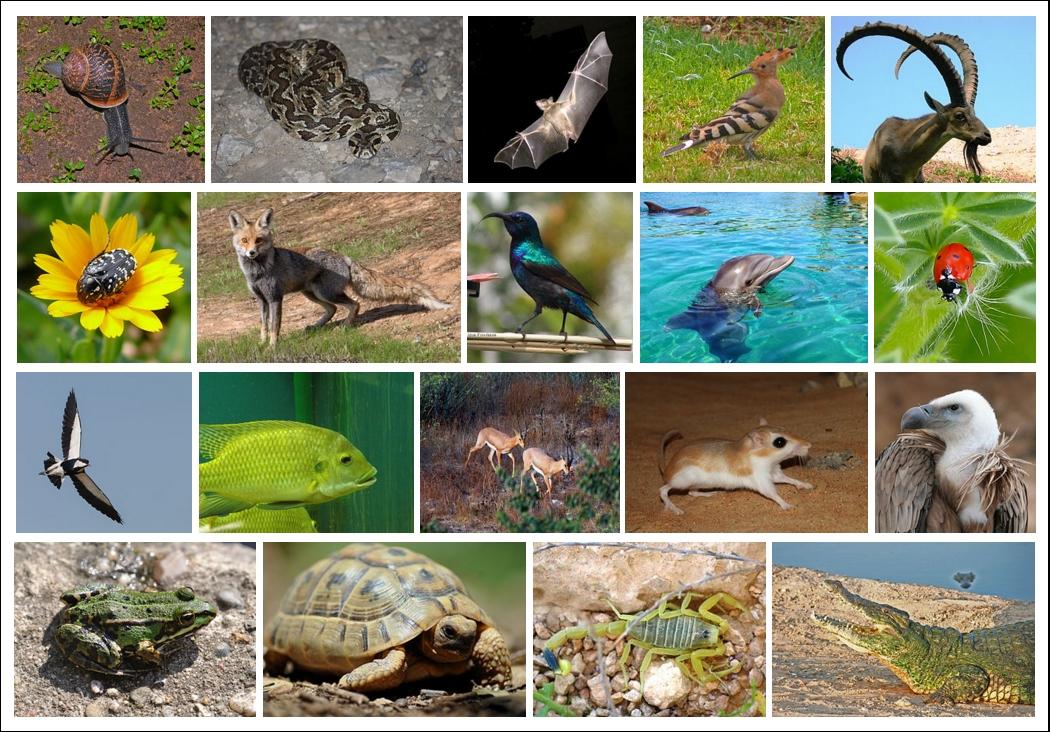
In this engaging lesson, students will walk through the steps of the engineering design process as they use their creativity to use technology to create an Arizona animal and habitat to share with a
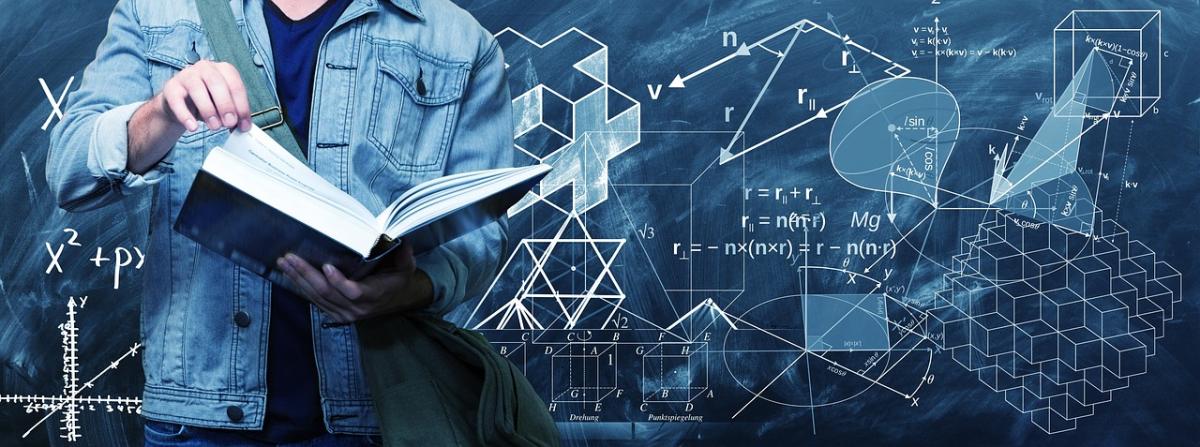
This lesson plan is a continuation of Part 1 (link to Part 1 is included). In this lesson, students will apply what they've learned from deconstructing boxes, and they will design their own unique

In this lesson, students will deconstruct cell phone boxes and other tech-packages to understand how packaging design relates to consumer experience. They will analyze what makes some designs more

This the fourth lesson in a series of lessons that introduces the engineering design process to middle schoolers. In this lesson students will choose their best design and develop a simple marketing

This the third lesson in a series of lessons that introduce the engineering design process to middle schoolers. In this lesson students will go through the design process twice modifying their

This is the second lesson in a series of lesson designed to introduce the engineering design process to middle schoolers. In this lesson students will use the engineering design process reverse

This is the first in a series of lesson designed to introduce middle schoolers to the engineering design process. In this lesson the main take away for the students is that engineers solve problems by
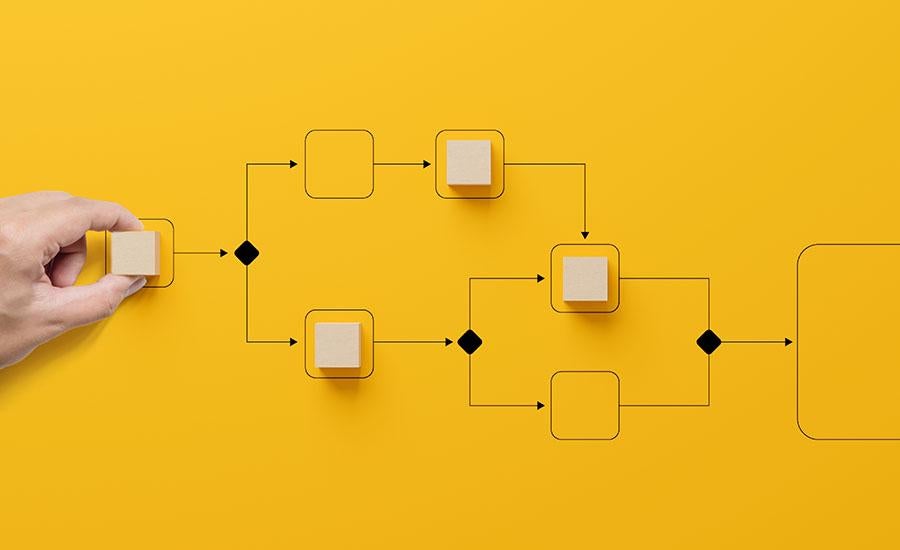
Today we will learn how ice cream is made and then make some ourselves. To do this we will: Listen to an informational text describing how ice cream made and compare that information with our prior

Students will use the engineering design process to plan and build a robot using recyclable materials and identify geometric shapes in the robot. They will also use tally marks to keep track of the

This lesson combines ELA/STEM lesson for 2nd grade. It's great to use with "Mr. Popper's Penguins" or any other units related to penguins. During this design challenge, students will build an iceberg
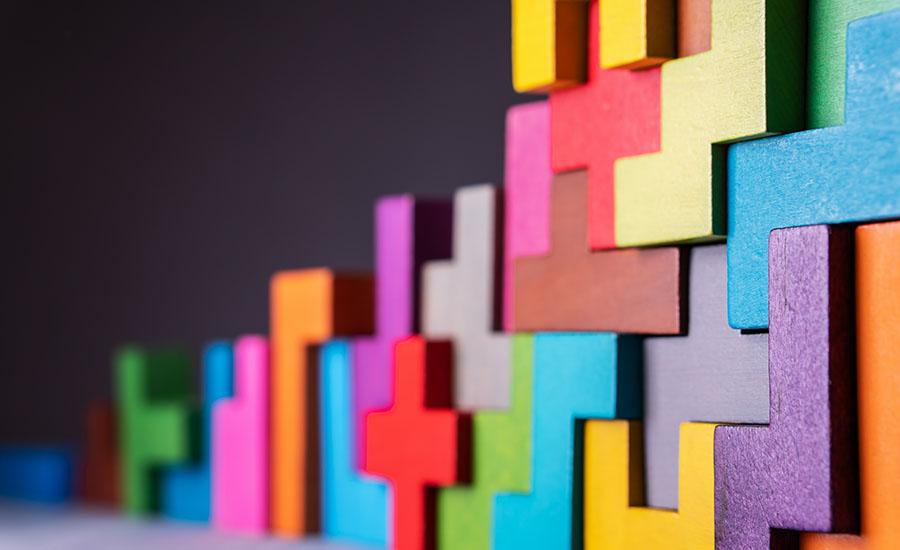
Today we will make new crayons from old and broken crayons. To do this we will: listen to an informational text describing how crayons are made. make a solar oven. describe the steps we take to make

Fashion design & apparel engineering is a multidisciplinary field that combines the knowledge of engineering, technology, math, science, and the arts with the creativity of fashion design. In this

Students will use the materials provided to engineer a vehicle that is powered by a robot and deliver a treat to a chosen location. Students will use the robots you have. I use Sphero and Edison
